Introduction to Brazilian Coffee Variety Culture description of flavor characteristics of Brazilian red and yellow bourbon coffee beans
Professional coffee knowledge exchange more coffee bean information please follow the coffee workshop (Wechat official account cafe_style)
For more boutique coffee beans, please add private Qianjie coffee on Wechat. WeChat account: qjcoffeex
Bourbon coffee, a variety naturally evolved from the tin pickup variety. Both varieties belong to Arabica, and they are also coffee varieties with a long history. Later, many coffee varieties have two varieties of natural evolution and artificial cultivation.
The bourbon species took root on the island of bourbon in the 18th century and is ready to go. Finally, after reaching the American continent-Brazil in the 1860s, it quickly spread to various countries in Central and South America. Until now, bourbon and its varieties are still the first choice for coffee cultivation in Central and South America.
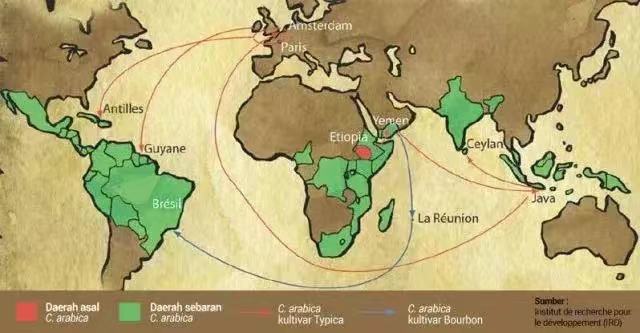
In Brazil, more than 70-80% of Arabica coffee beans are members of the bourbon variety / bourbon family, of which the most common are red bourbon, yellow bourbon, Kaddura and Kaduai.
"Red bourbon Coffee varieties"
Red bourbon or the most common type, because in general, coffee fruit will slowly ripen in unripe green, to light yellow, then to orange, and then red at the best time of picking, and finally to overripe dark purple.
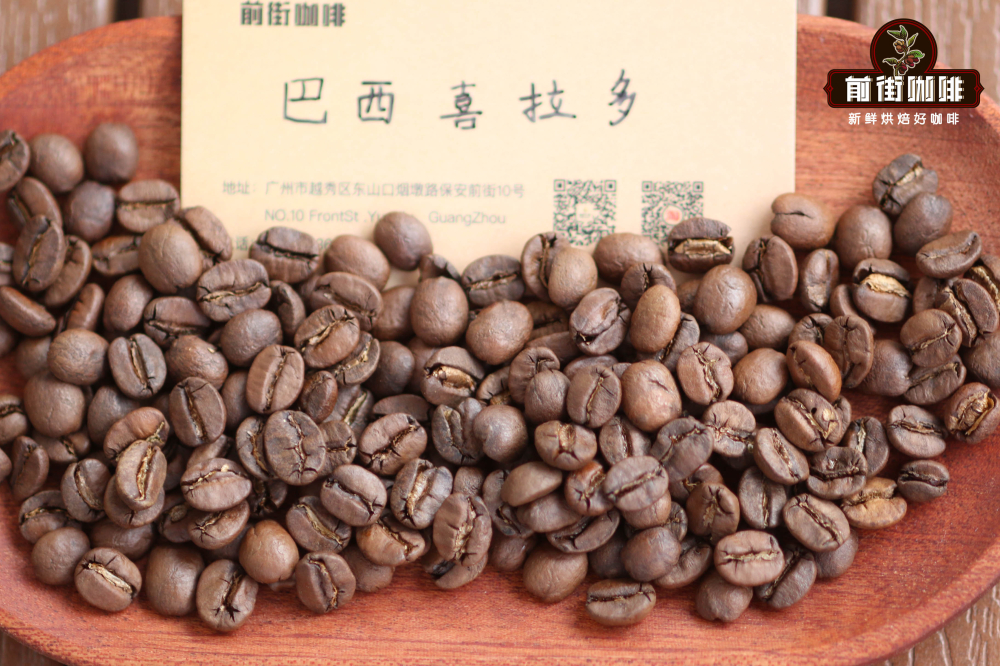
Qianjie coffee through the cup test comparison found that the red bourbon coffee beans have a smooth taste and obvious sweetness. The higher the altitude is, the more refined the flavor will be.
"Yellow bourbon Coffee varieties"
The yellow bourbon is a unique bourbon variety in the Brazilian state of Sao Paulo, mainly because the mature consequence does not turn red, but appears orange, so it is called "yellow bourbon".
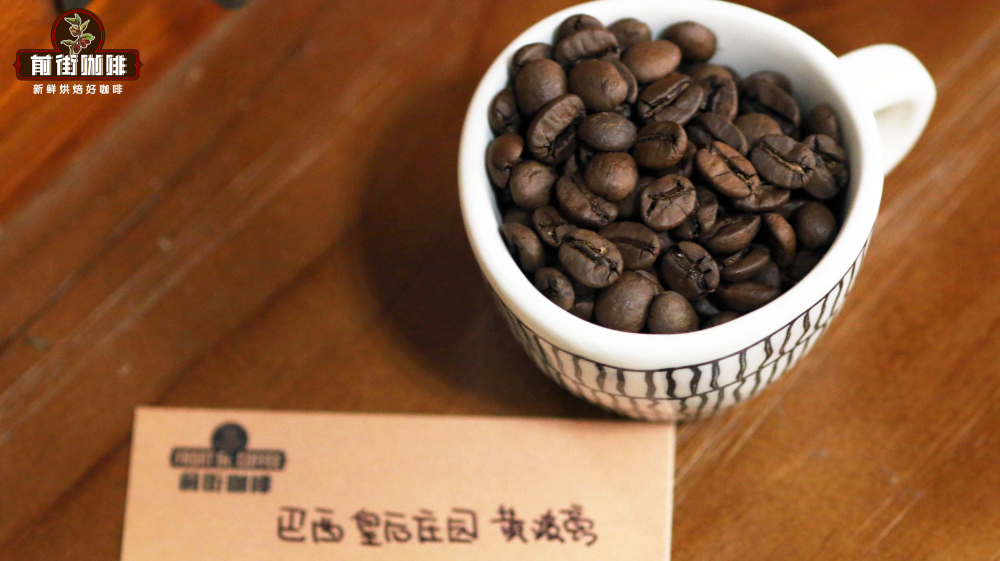
Through cup test and comparison, Qianjie coffee found that the acidity of the variety was balanced and supple, the bitter feeling was weak and clean, and the overall performance was bright and refreshing. The higher the altitude is, the clearer the flavor is.
Kaddura Coffee Variety
Kaddura is a natural variety of bourbon. Kaddura plant branches are very close apart, the fruit size is smaller than bourbon, which makes the same space to produce more fruit, coffee fruit yield will be greatly increased.
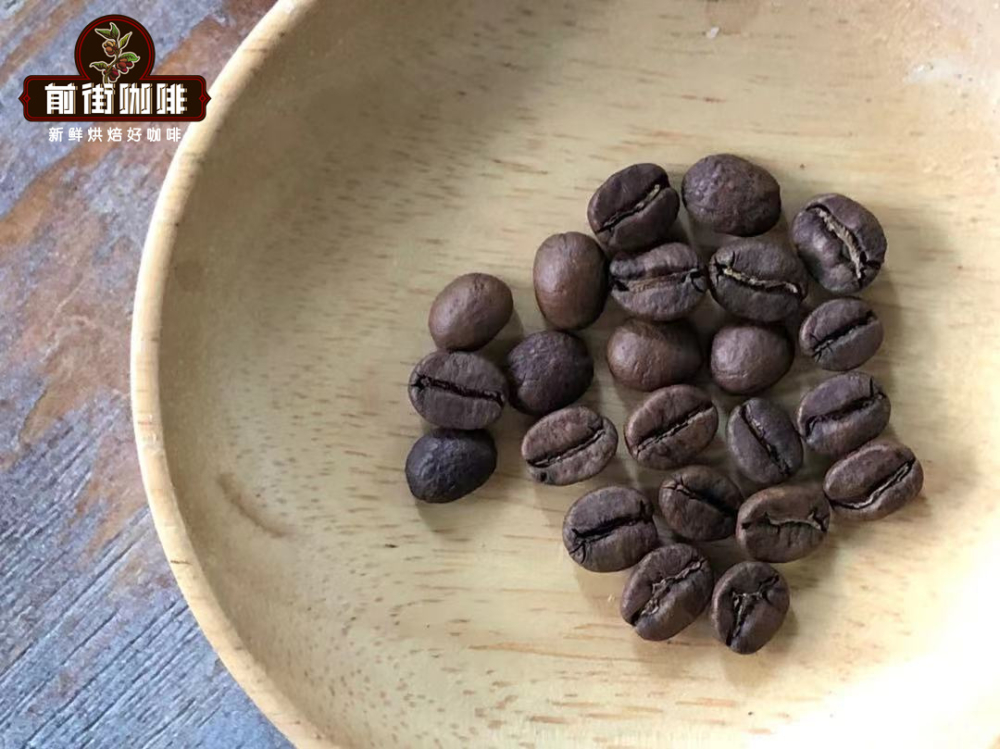
According to the comparison of Qianjie coffee cups, it is found that Kaddura coffee beans have bright, clean taste and obvious sweet flavor.
"Kaduai Coffee Variety"
Kaduai is an artificially bred hybrid between Kaddura and New World. Kaduai inherits the attributes of high yield, strong disease resistance and good cup-tested varieties in the New World, and inherits the attributes of Kaddura's small size, high-quality sour and exposed coffee.
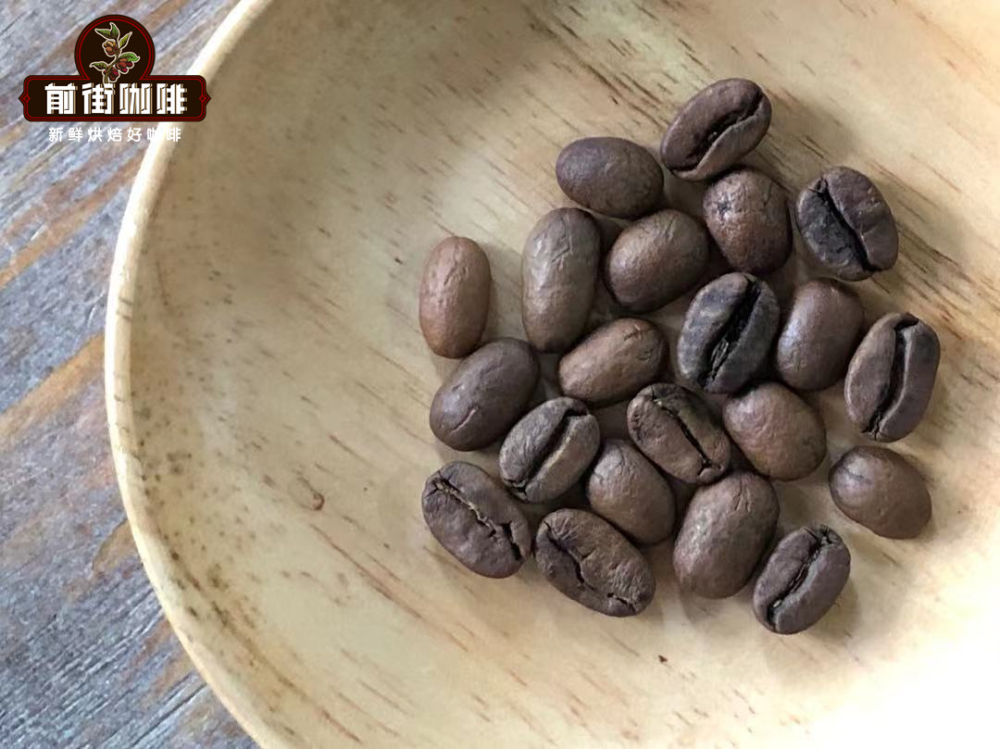
According to the comparison of Qianjie coffee cups, it is found that it has soft acidity, clean taste and rich fruit aroma.
Recommendation of Brazilian boutique coffee beans
At present, there are two types of Brazilian boutique coffee beans on the front street: a half-sun red bourbon from the Syrador area and a half-sun yellow bourbon from Queen's Manor in the state of Morgiana. These two kinds of coffee beans have the characteristics of Brazilian flavor.
In the Qianjie coffee production area rations bean series, the Brazilian representative used the red bourbon coffee beans from the Hirado region. Because the coffee beans grown here represent the flavor of nuts, caramel, low acid and mellow in Brazil, and the performance-to-price ratio is very high.
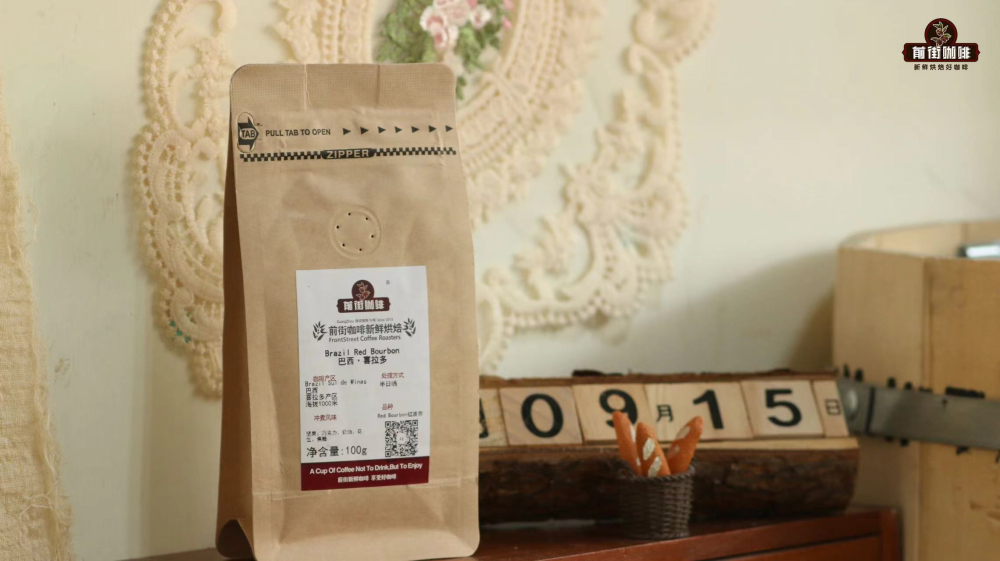
Compared with the red bourbon of Syrador, the yellow bourbon of Queen's Manor has a more unique sense of sweetness. It not only has the flavor characteristics of nuts, caramel, low acidity and mellow in Brazil, but also shows the sweetness of yellow sugar in the aftertaste. If you like mellow, strong and sweet, you can try Brazilian Queen's Manor Coffee beans.
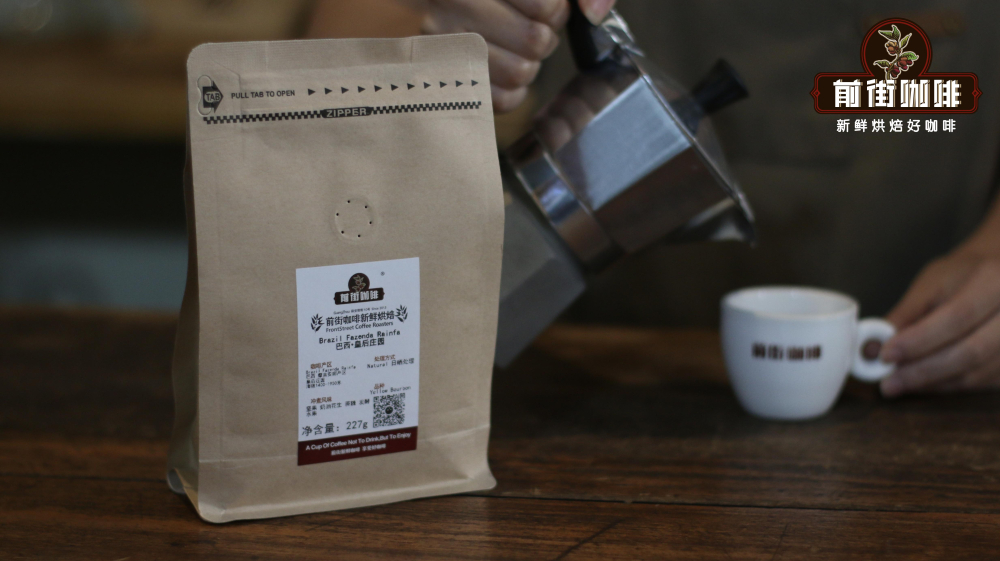
A little guide to the taste of Brazilian coffee
In order to make Brazilian coffee show the unique nutty flavor of the producing area, Qianjie Coffee roasts two Brazilian coffee beans to a medium depth, both of which are issued within five days after baking, ensuring that 100% coffee beans are freshly roasted, which is also the key to the taste of coffee!
Medium and deep roasted coffee beans have a loose structure, so the substances in coffee beans are easier to extract, so Qianjie coffee recommends hand extraction. Coffee is extracted with low temperature hot water and medium coarse grinding.
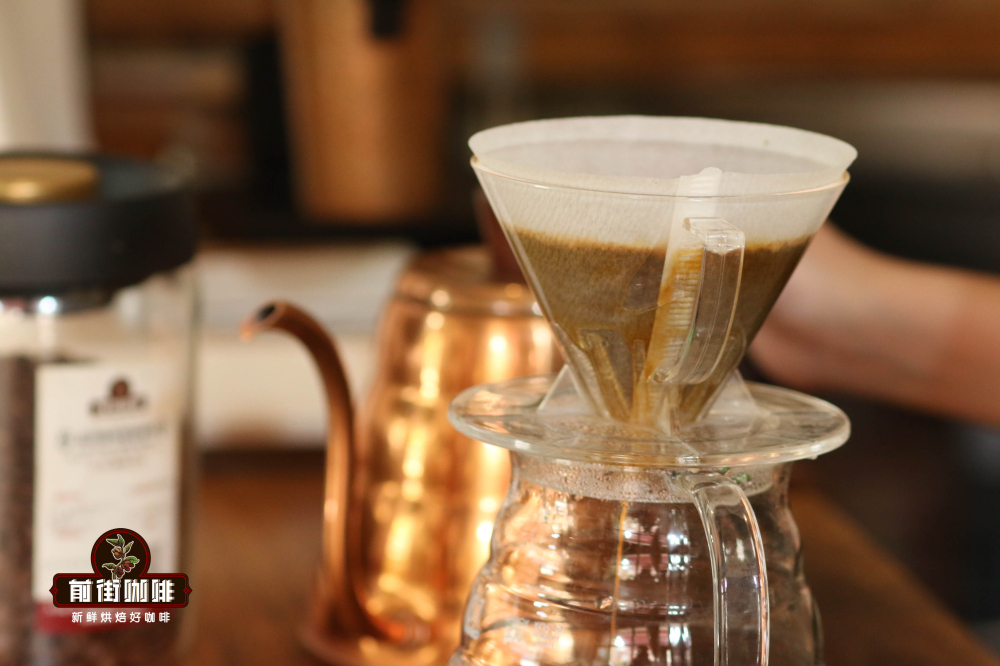
Qianjie coffee brewing parameters suggest: Kono filter cup (this filter cup is characterized by the use of filter paper and filter cup close fit characteristics, in the process of hand brewing coffee soaking extraction, so that the coffee concentration is higher), 88C water temperature, 1:15 powder / water ratio, 15g powder weight, grindability: sugar size (20 standard sieve pass rate of 70%).
The extraction techniques are as follows: 30 grams of water is injected into the first stage for steaming for 30 seconds, and the second stage is injected into about 125 grams of water, then wait for the coffee liquid to drop, and when it falls to half, the last section of water is injected to 225 grams. Wait for all the coffee drops to lag behind before ending the extraction, the general total extraction time is about 2 minutes and 10 seconds.
Important Notice :
前街咖啡 FrontStreet Coffee has moved to new addredd:
FrontStreet Coffee Address: 315,Donghua East Road,GuangZhou
Tel:020 38364473
- Prev
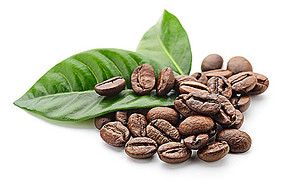
Introduction to the cultivation of Brazilian Bird shit Coffee in Historical Taste and Flavor producing areas
Following Cafe Review (Wechat official account vdailycom) found that many people have heard of Kopi Luwak and found that Beautiful Cafe has opened its own shop, thinking it is the most expensive coffee, but it is not. Kopi Luwak is grown in many parts of Southeast Asia, including Yunnan in China. The rarer animal gastrointestinal fermented coffee is bird shit coffee, which is currently only grown on Camocim Estate farms in Brazil.
- Next

Introduction to the brewing taste of Brazilian coffee beans: the story of the origin of cultural cultivation and historical varieties in Brazilian coffee producing areas
Following Cafe (official Wechat account vdailycom) found that Beautiful Cafe opened a small shop of its own. Portugal colonized Brazil for more than 300 years from the beginning of the 6th century to the 1820s. The colonial rule of Portugal had a profound impact on Brazil's economy, politics, society and culture.
Related
- Detailed explanation of Jadeite planting Land in Panamanian Jadeite Manor introduction to the grading system of Jadeite competitive bidding, Red bid, Green bid and Rose Summer
- Story of Coffee planting in Brenka region of Costa Rica Stonehenge Manor anaerobic heavy honey treatment of flavor mouth
- What's on the barrel of Blue Mountain Coffee beans?
- Can American coffee also pull flowers? How to use hot American style to pull out a good-looking pattern?
- Can you make a cold extract with coffee beans? What is the right proportion for cold-extracted coffee formula?
- Indonesian PWN Gold Mandrine Coffee Origin Features Flavor How to Chong? Mandolin coffee is American.
- A brief introduction to the flavor characteristics of Brazilian yellow bourbon coffee beans
- What is the effect of different water quality on the flavor of cold-extracted coffee? What kind of water is best for brewing coffee?
- Why do you think of Rose Summer whenever you mention Panamanian coffee?
- Introduction to the characteristics of authentic blue mountain coffee bean producing areas? What is the CIB Coffee Authority in Jamaica?

